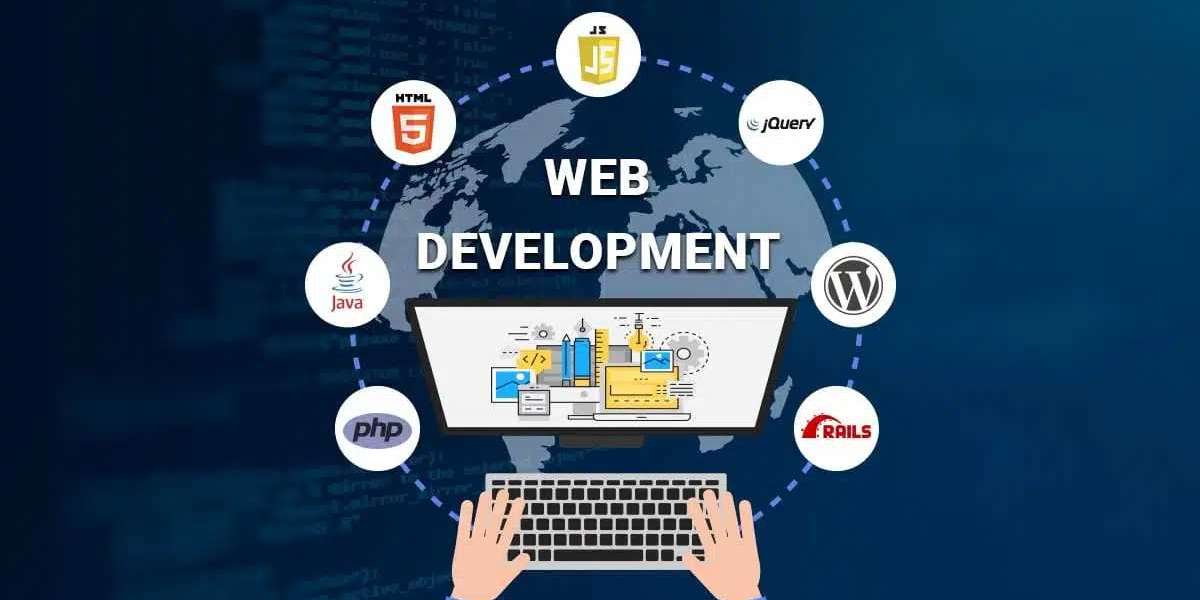When business leaders say, “We need a new website,” what they often mean is something much bigger , more leads, better user experience, stronger brand credibility, or streamlined operations. But a website alone isn’t the solution. It’s only a small piece of a much larger puzzle.
Today’s digital-first economy demands more than a slick homepage and mobile responsiveness. What growing businesses truly need is a digital framework , an interconnected, scalable ecosystem built to support marketing, sales, operations, and customer engagement.
This article explores why the conversation needs to move beyond “just a website” , and what it looks like when companies in St. Louis and beyond reframe their digital strategy from the ground up.
Websites Are Deliverables. Frameworks Are Infrastructure.
Let’s start with a simple distinction.
A website is a deliverable, a finished product, often viewed as the final step in a project. But a digital framework is infrastructure. It’s built with flexibility in mind, designed to grow with the business.
When leadership teams focus solely on the website as an endpoint, they miss out on opportunities like:
- Integrating customer data for personalization
- Automating marketing and sales workflows
- Building customer portals or dashboards
- Launching and iterating quickly with modular design
These are not “nice to haves.” They’re the foundation of modern digital strategy.
The Problem with “Just a Website”
Websites that exist in isolation, with no data integrations, no performance tracking, and no way to evolve, are destined to become digital paperweights.
Here’s what’s usually missing:
- No CRM Connection: Leads come in, but there’s no visibility into sales activity or attribution.
- Content Silos: Marketing teams can’t update pages or reuse content without calling developers.
- No Automation: Follow-ups, lead scoring, segmentation , all manual and error-prone.
- Limited Insights: Analytics are surface-level. No heatmaps, no user flow analysis, no real performance metrics.
Without a framework behind it, a website can’t support real growth, only look good while standing still.
A Modern Digital Framework Starts With Strategy
The shift begins when businesses stop asking, “What should our new website look like?” and start asking, “What should our digital ecosystem enable us to do?”
That question opens the door to a completely different discovery process.
A strategic framework begins with defining:
- Business goals: Are you driving leads, enabling self-service, reducing admin work, or scaling into new markets?
- Key users: Internal teams, prospects, existing customers , all have different needs.
- System dependencies: CRMs, ERPs, payment systems, or industry-specific software that needs to sync.
- Future readiness: Will the structure support multilingual sites, regional rollouts, or feature expansions?
Why “Website Redesigns” Often Fail
Many companies undergo redesigns every 3–5 years, spending thousands to update visuals without improving underlying systems.
The outcome?
- A prettier site with the same conversion problems
- Still no way to personalize the experience
- Still no integrations
- Still no ability to iterate fast
In essence, they replace one static site with another. A digital framework avoids this by putting scalability and performance at the core.
Building Blocks of a Digital Framework
Here’s what a forward-looking digital framework typically includes:
1. Composable Architecture
Modular components that can be reused, rearranged, or swapped out without overhauling the entire site. This allows teams to test, scale, and evolve quickly.
2. CMS That Empowers Marketers
Content teams should be able to update landing pages, add testimonials, or launch campaigns without relying on dev support.
3. Integrated Data Systems
From CRMs to analytics tools, every system should talk to each other. Real-time data fuels personalization and better decision-making.
4. Conversion-Driven Design
Form flows, CTAs, user journeys — everything optimized for outcomes, not just aesthetics.
5. Automation Layer
Whether it’s triggered emails, chatbot flows, or lead routing, automation frees up your team to focus on what matters most.
6. Performance Monitoring
Heatmaps, behavior analytics, A/B testing tools, all built into the foundation, not added as afterthoughts.
The Role of the Right Partner
Shifting to a digital framework model is not about adding complexity. It’s about working smarter , and it starts with choosing a partner who understands the big picture.
The right digital partner doesn’t just ask what you want your site to look like. They ask:
- What are your top conversion goals?
- How do you want your teams to work with this platform?
- Where is the business headed in the next 12 months?
- How can we architect something that grows with you?
That kind of thinking doesn’t come from freelancers or template shops. It comes from experienced partners who combine development expertise with strategic vision.
Case in Point: Digital Frameworks in Action
Let’s say a mid-sized financial advisory firm in St. Louis is looking to grow their lead pipeline. They believe a new website will help.
A traditional redesign might result in:
- A modern look
- Some updated copy
- A refreshed contact form
But a digital framework approach would lead to:
- CRM-integrated lead scoring
- Smart forms that segment users by intent
- Resource centers with gated content and automated follow-ups
- Modular page templates to launch new services
- Dashboards that track user behavior and conversions
The difference is night and day. One delivers a better brochure. The other delivers business growth.
Conclusion
Most companies don’t need “just a website.” They need a flexible, scalable digital framework built to meet evolving business goals and customer needs. For those serious about sustainable growth, partnering with the right St. Louis web development agency can be the catalyst — not for a site launch, but for long-term digital transformation.






